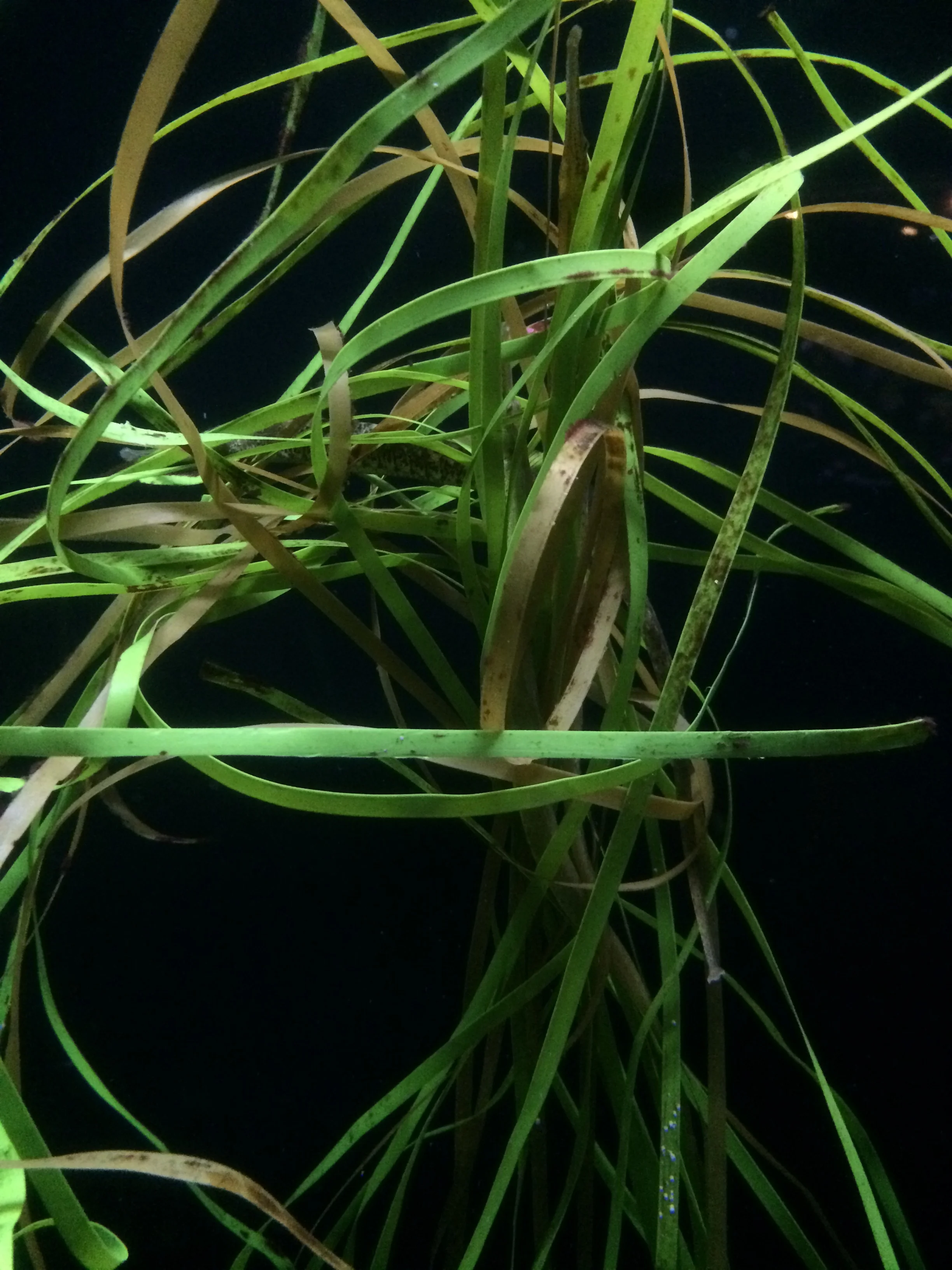Story Map on Marine Megafauna Bycatch
/Check out this great story map on ArcGIS, put together by my former Marine Geography professor, Dr. Ellen Hines!
Below is a short excerpt from the story map:
"Bycatch, or deaths caused by fishing activities, is the greatest human threat to coastal marine mammals. Animals can get caught in many of the most common types of fishing gear, including gill nets, seines, longlines, pots, and traps.
"Approximately 300,000 marine mammals are taken from the world's oceans each year due to global fisheries. However, few data exist that quantify the effects of bycatch on populations.
"Dr. Ellen Hines of the Estuary & Ocean Science Center of San Francisco State University has co-developed an open source toolkit to map and measure the risk of marine mammal bycatch in developing countries. Using a science-policy approach, she works with in-country partners to create flexible, data-driven tools to characterize bycatch risk based on animal distribution, abundance and populations structure, fisheries effort, and interaction rates. In turn, these data support practitioners in localized planning and decision-making efforts in order to 'get to the bottom of bycatch' in Southeast Asia and beyond."

